
Food
22:06, 13-May-2019
The Art of the Indian Curry
Updated
14:49, 15-May-2019
By Shweta Bajaj
04:00
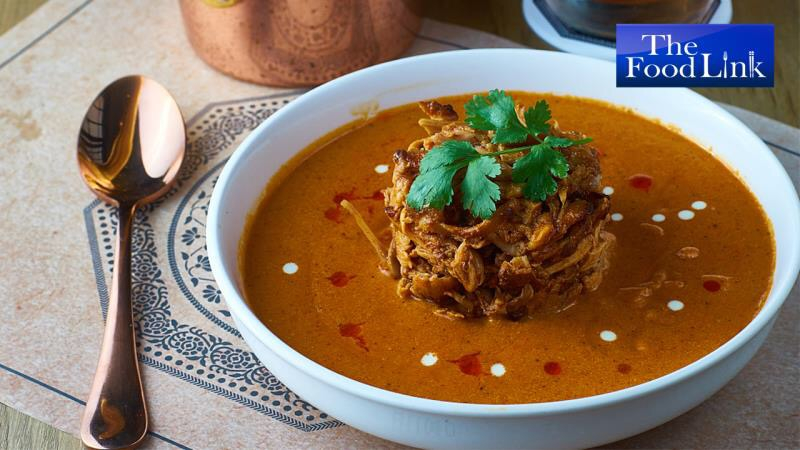
It's a matter of debate where the word "curry" come from. While an Internet search shows that the word came from the British, it was use of curry leaves that made the curry. Over the years, it's the innumerable Indian spices that became the heart of the curry. An Indian curry, though impossible to define, is an indelible part of its culture.
If there is one dish that truly signifies the diversity of India, it's the curry. Depending on which state, region, caste, dialect or even the house you visit in India, the taste of the curry can be totally distinct. It's up to the spices and use of vegetables, meat or fish.
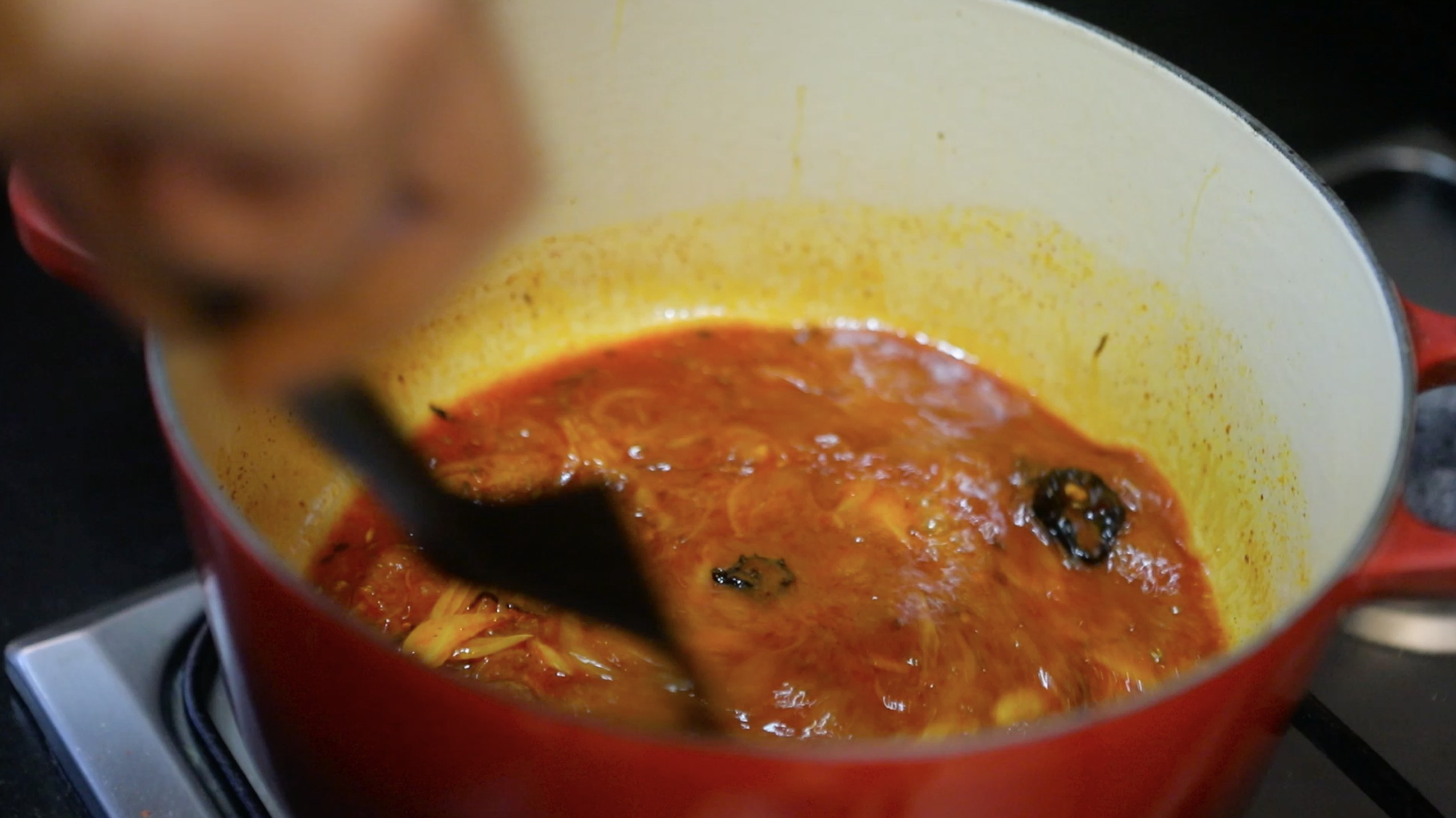
The humble Indian Curry. /CGTN Photo
The humble Indian Curry. /CGTN Photo
The delicate balance of taste is achieved by using just the right spices with the right base substance. This comes with experience and understanding the taste and smell of the spices.
Sandeep Sreedharan is a self-taught chef. After spending over a decade in the corporate world, he decided to quit it all to pursue his love for food and cooking. Just a few years later, the Indian chef does private dinners and has two successful restaurants in India. Curry Tales in Mumbai is his pet project and a celebration of Indian curries. His second restaurant in the beach state of Goa called Mahe celebrates coastal food.

Chef Sandeep Sreedharan. /CGTN Photo
Chef Sandeep Sreedharan. /CGTN Photo
Though Sandeep's food journey is focused on introducing the world to coastal flavors, he is an encyclopedia on curries and food in general. This stems from his desire to consume the history of food. The simplicity of his food is aimed at bringing a familiar taste to the palates of his patrons – the same familiarity that comes with food cooked in homes with love.
Shweta: Sandeep, if you were to define curry, how would you?
Sandeep: The Indian curry, for me, is like a sauce. What is a sauce? Sauce is a sauce is a sauce and curry is a curry is a curry. So you probably cannot say that I had bread or I had this chicken with a sauce. You got to mention what kind of sauce it is. So curry is basically a form. How to come to that form is based on the region, based on the terroir base, the vegetables, the ingredients, the spices – that's where the curry comes from. In India, depending on the region, depending on the sect, depending on the caste your curry's flavor could come. Or it could be from two vegetables or it could be a spice and a vegetable.
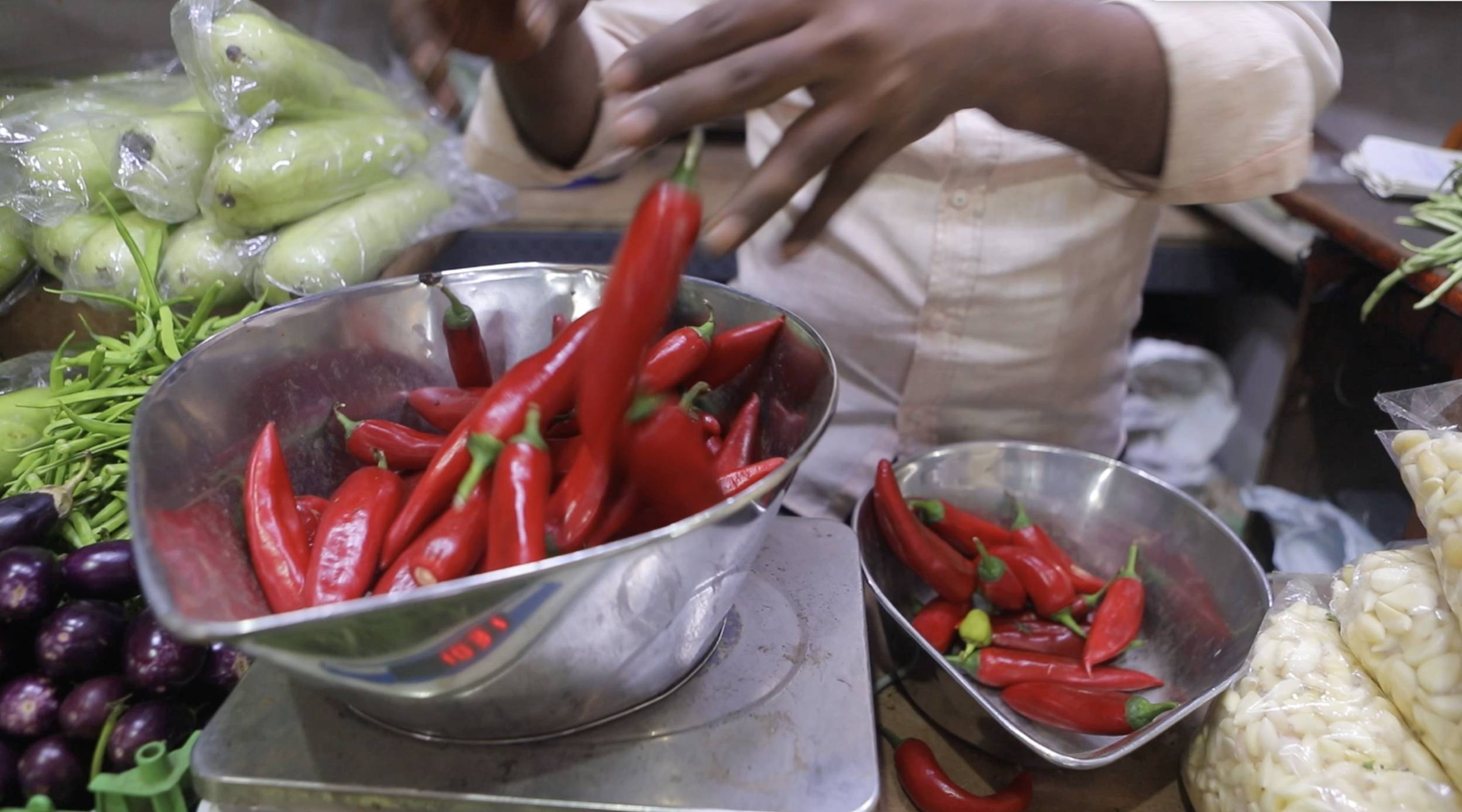
Spices, the essence of the curry. /CGTN Photo
Spices, the essence of the curry. /CGTN Photo
Shweta: Chilies are such an important ingredient in India. How does that have an impact on the curry?
Sandeep: In India, we get 40 to 50 varieties of chilies. You have Guntur chilies which are very spicy, you have madras chilies, you have byadgis, you have brown chilies. You substitute one chili with another and your flavors totally change.
There is a big difference between what is authentic and what are the flavors that represent a particular region. So you have to look at each and every ingredient and how it behaves based on the particular terroir. Where is the flavor coming from? What are the basic flavors based on a particular region? State of Assam and Manipur the food is very different from Nagaland.
Shweta: Curry for Indians is a simple dish but when someone from outside travels, what would be your advice to get the the authentic taste?
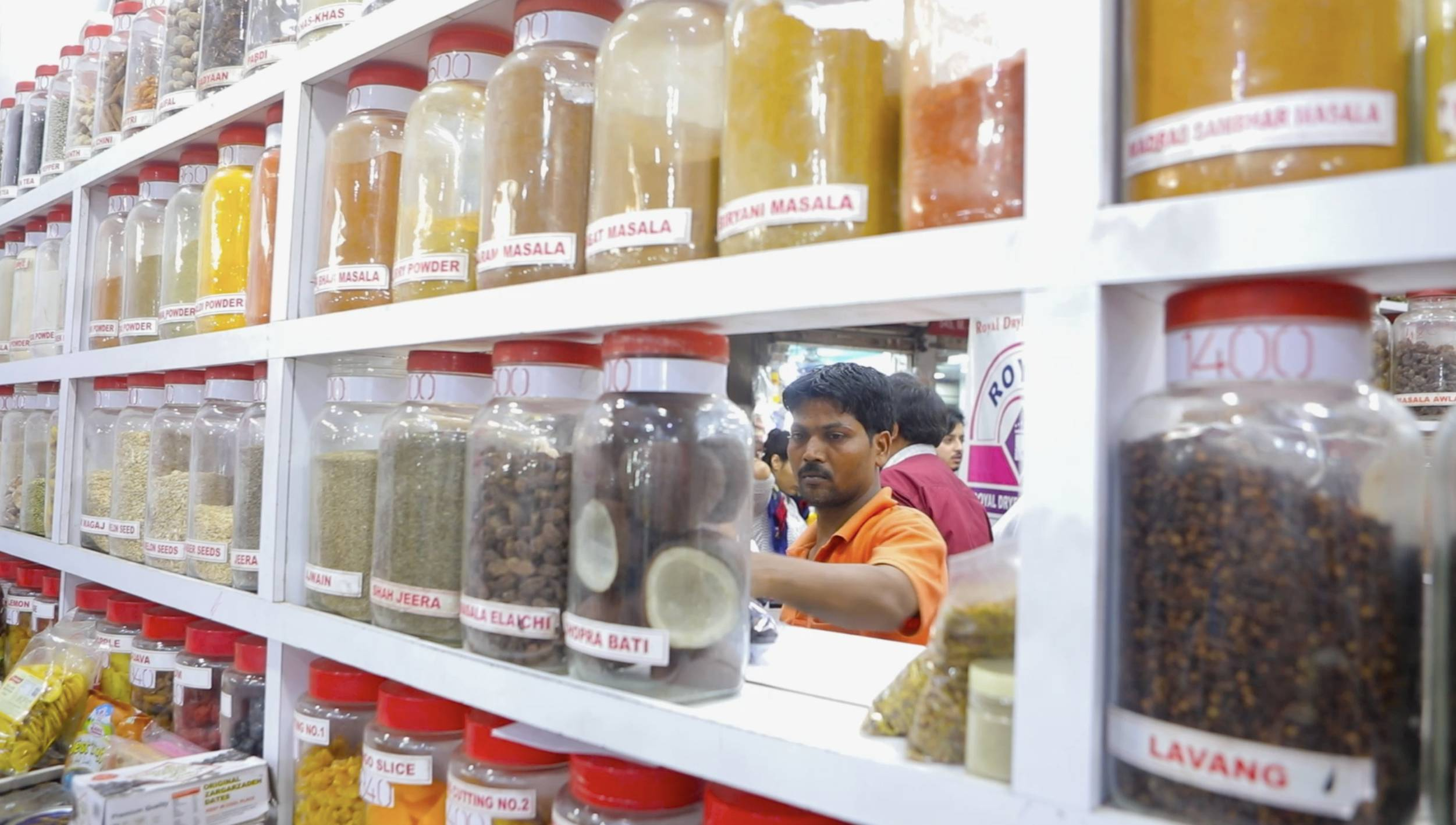
The type of chili can change the taste of curry. /CGTN Photo
The type of chili can change the taste of curry. /CGTN Photo
Sandeep: Most of the time, when foreigners and tourists come here, they are fed with very complex layers of flavors that they are not exposed to. One thing I will tell is to go to the simplest factor of making a curry.
There is a lot of processes and science behind making food. It is not about how well you make it. If you have to tell someone how to make a dish you should be able to tell the actual process of making it.
The traditional methodology is what you go back to and applying your technique to it. That is where it differs from your cooking to your mother's cooking. When you ask your mother… your mother tells you the exact recipe but she doesn't tell you the exact process.
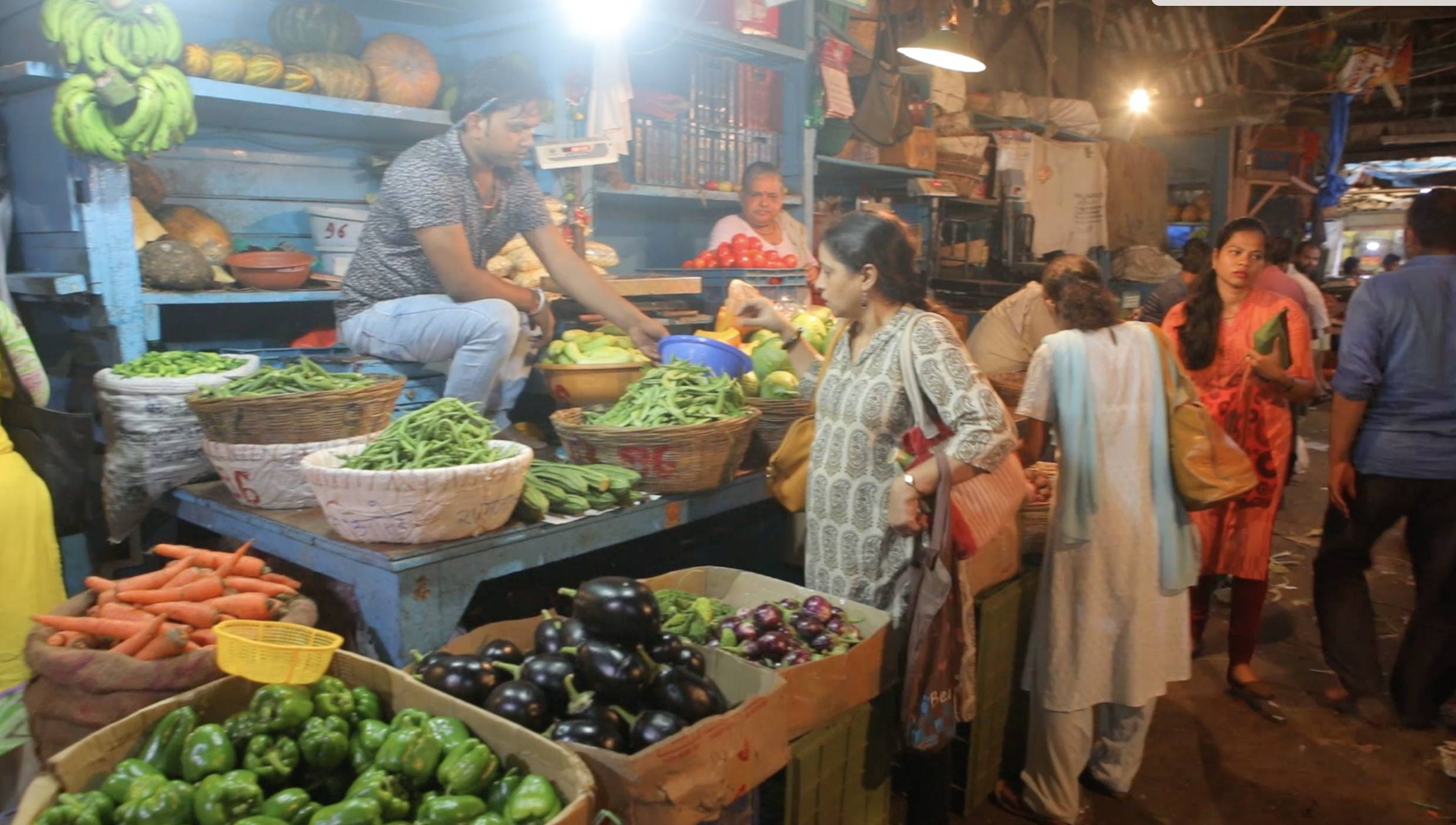
Vegetable, meat or seafood form the base of the curry. /CGTN Photo
Vegetable, meat or seafood form the base of the curry. /CGTN Photo
I think there is a lot of energy in the way we touch and feel every ingredient. You still want to keep your base flavor intact and build on top of that so that when you eat it will hit your memory somewhere.
I only concentrate on one thing – that is balance. Flavor is subjective but balance is not.
Shweta: I want to ask an impossible question. How many curries are there in India?
Sandeep: It's impossible to say how many types of curries [there are]. In Indian food the more you preserve and more you add on it, it just evolves. You add one spice and everything changes. But a simple curry could be made just with curry leaves, turmeric and salt. It's as simple as that. So I would say wherever you travel in India, stop at small road side eateries run by locals and that is where you will discover senses of taste you thought never existed.

SITEMAP
Copyright © 2018 CGTN. Beijing ICP prepared NO.16065310-3
Copyright © 2018 CGTN. Beijing ICP prepared NO.16065310-3